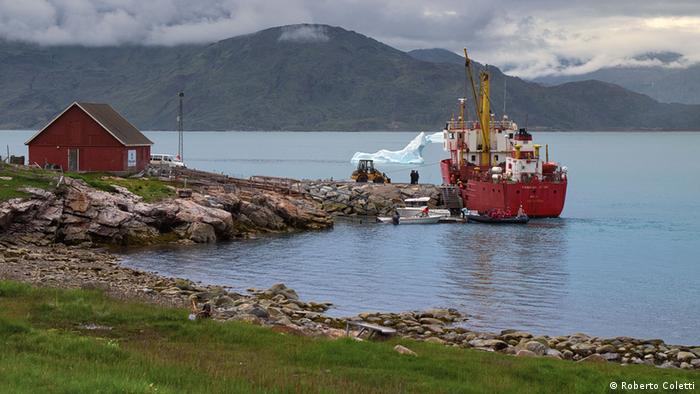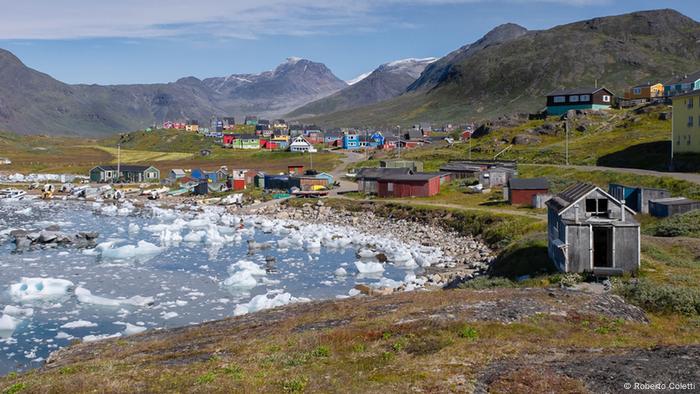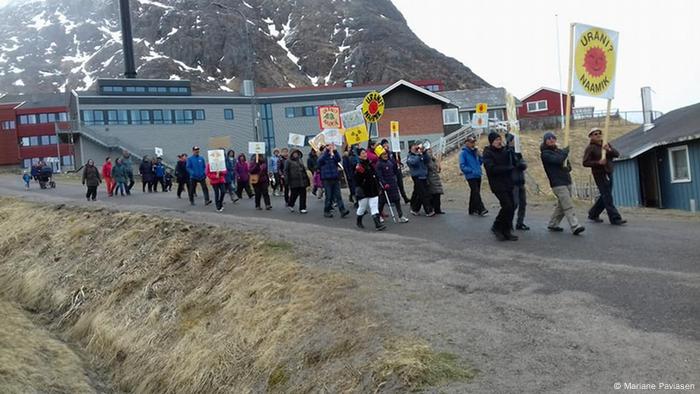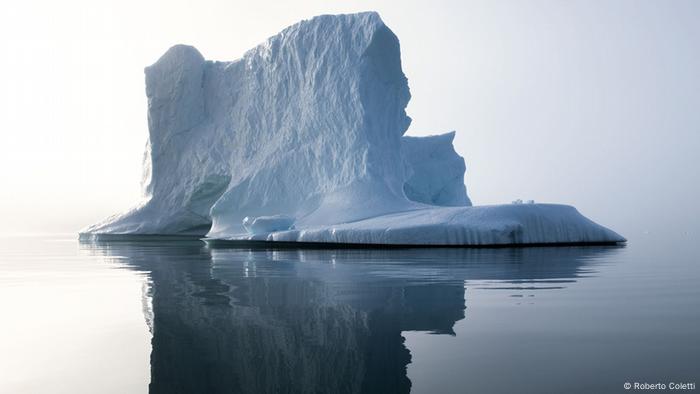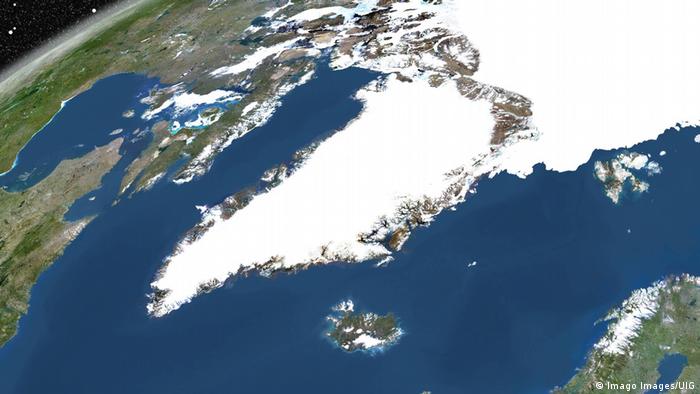The coronavirus pandemic didn't hurt the market of the superrich. Indeed, a new record was reached in April 2021, with 493 new billionaires worldwide. At least 40 of them made it because of COVID-19-related products.

Kim Kardashian West has made money with beauty and shapewear products
Though the pandemic hit the world economy hard in many places, this did not apply to the richest of the rich: Jeff Bezos is again the richest man on Earth, after a back-and-forth race last year with Elon Musk, who is in second place. With nearly 500 new billionaires in 2021, there is now a total of 2,755 people worldwide with a net worth of at least $1 billion (€840 million), according to Forbes.
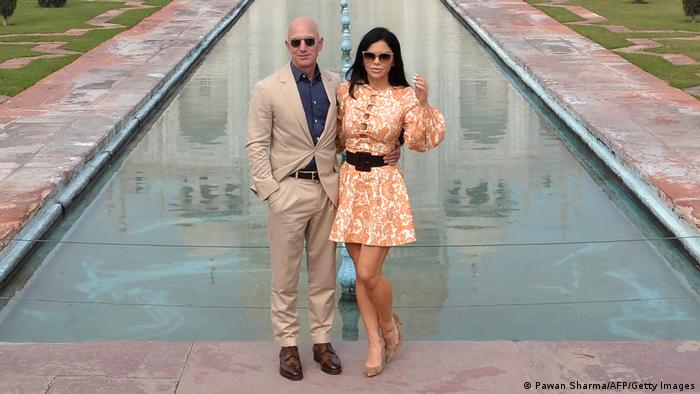
Jeff Bezos has a net worth of $177 billion
Most of the newly minted billionaires — 205 to be exact — come from China, the country with the most new billionaires and second-most billionaires overall.
Five of China's new billionaires came to their riches through vaping products: Chen Zhiping and Xiong Shaoming, the co-founders of Smoore International, both joined the billionaire list over the past 12 months, as did the co-founders of RLX Technology, David Jiang, Wen Yilong and Kate Wang, the CEO of the company. At 37, Wang is one of the youngest self-made billionaire women.
According to Forbes, all of China's vaping billionaires have a higher individual net worth than Tim Cook, CEO of Apple, who became a billionaire last year, with a net worth of $1.3 billion. Joining him from the US is Kim Kardashian West, as well as 96 other new American billionaires. While China surpassed the US in terms of new billionaires in 2021, the United States is still home to the most billionaires overall.

Tim Cook, Apple's CEO, is one of 724 billionaires in the United States
Germany: No. 4 in the world
In Germany, a total of 136 people are worth more than $1 billion; 29 joined the ranks during the past year. This makes Germany No. 4 worldwide when it comes to the number of billionaires.
Most notably, Germany has one of the new billionaires who made the 10-digit cut with products related to COVID-19. As of April 2021, Ugur Sahin is worth $4 billion. Sahin is the co-founder and CEO of BioNTech — the company that developed the BioNTech/Pfizer vaccine to fight the coronavirus. As a scientist, Sahin was vital in creating the vaccine.
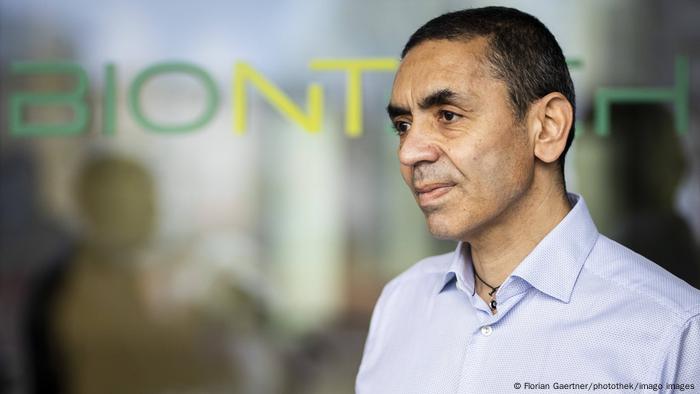
Ugur Sahin, together with his wife Özlem Türeci, co-founded BioNTech in 2008
The world's youngest billionaire, Kevin David Lehman, also lives in Germany. At only 18, Lehman is worth $3.3 billion — after inheriting his father's shares of the German drugstore company dm-drogerie markt. His father invested in the company in 1974, transferring his 50% stake to his son in 2017.
The Wesjohann brothers also made it onto the list of new billionaires: Erich Wesjohann is the chairman of the EW Group, the largest poultry breeding company in the world. His brother, Paul-Heinz, also joined the list of billionaires this year. He is chairman of PHW Group, which owns Germany's largest poultry processor. Both companies used to make up the family chicken company that was split up in 1999.
COVID-19 riches
Though the pandemic led to high unemployment rates across the world, it also helped increase the number of billionaires. According to Forbes, at least 40 people became billionaires because they worked with some product related to COVID-19.
Besides Germany's Sahin, the list of those billionaires includes the Italian Sergio Stevanto, who is chairman emeritus of the Stevanto Group, which is to supply 100 million glass vials for COVID-19 vaccines. Stephane Bancel, the CEO of Moderna, which also produced a COVID-19 vaccine, is part of the class of 2021 Forbes billionaires.
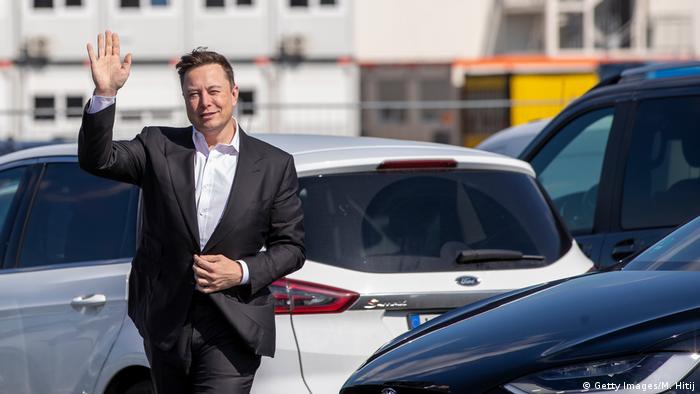
ELON MUSK SURPASSES JEFF BEZOS TO BECOME WORLD'S RICHEST PERSON






